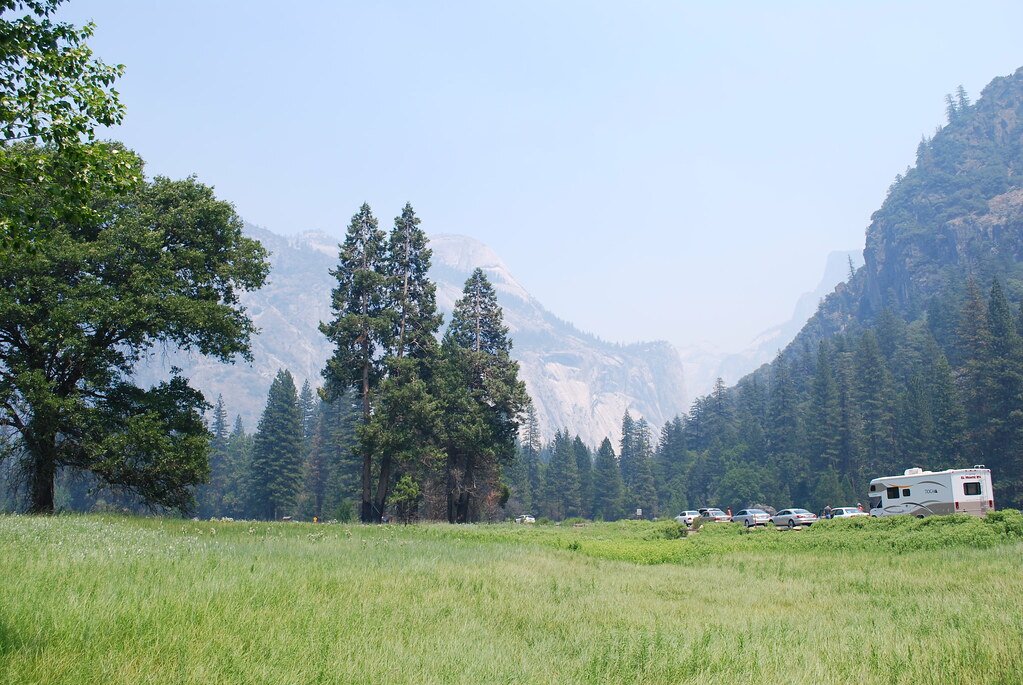
Introduction
Yosemite National Park, located in the western Sierra Nevada mountains of California, is renowned for its breathtaking landscapes, diverse ecosystems, and significant cultural history. Established in 1890, this stunning park spans over 750,000 acres and attracts millions of visitors annually. Its relevance cannot be overstated, as it not only preserves natural wonders but also serves as a vital habitat for numerous species and a crucial site for ecological studies.
Geological Features
The park is home to iconic geological formations, including El Capitan, a colossal granite monolith that is a world-renowned climbing destination, and Half Dome, a distinctive granite dome that draws hikers from around the globe. Yosemite’s valleys, cliffs, and waterfalls were shaped by glacial erosion, creating a unique landscape rich in natural beauty.
Flora and Fauna
Yosemite boasts a varied range of ecosystems, from meadows to mixed conifer forests, which support an array of wildlife. Animal species such as black bears, mule deer, and various bird species inhabit the park. The preservation of such biodiversity is essential, especially in the face of climate change and habitat loss.
Recreational Opportunities
Visitors can engage in numerous recreational activities, including hiking, rock climbing, camping, and photography. With over 750 miles of trails and numerous campgrounds, the park offers something for everyone. Popular areas such as Glacier Point and Mariposa Grove, home to giant sequoias, provide spectacular views and a chance to connect with nature.
Current Events
As of 2023, Yosemite has been at the forefront of conservation efforts to combat the impacts of climate change. The National Park Service is implementing strategies to preserve ecosystems, enhance visitor experiences, and improve infrastructure. Recently, there have been initiatives to educate visitors about Leave No Trace principles to protect the natural environment.
Conclusion
Yosemite National Park remains a symbol of natural beauty and ecological significance. As it faces modern challenges, its preservation is crucial not only for future generations but also for the ongoing study of environmental science. With projections indicating an increase in visitors, and the impacts of climate change being felt worldwide, Yosemite stands as a reminder of the beauty our planet has to offer and the importance of protecting it. For both nature enthusiasts and casual visitors, engaging with Yosemite is an experience that promises inspiration and connection with nature.
You may also like

Exploring Monmouth: History, Attractions and Community

Understanding Glasgow Airport and Its Significance
